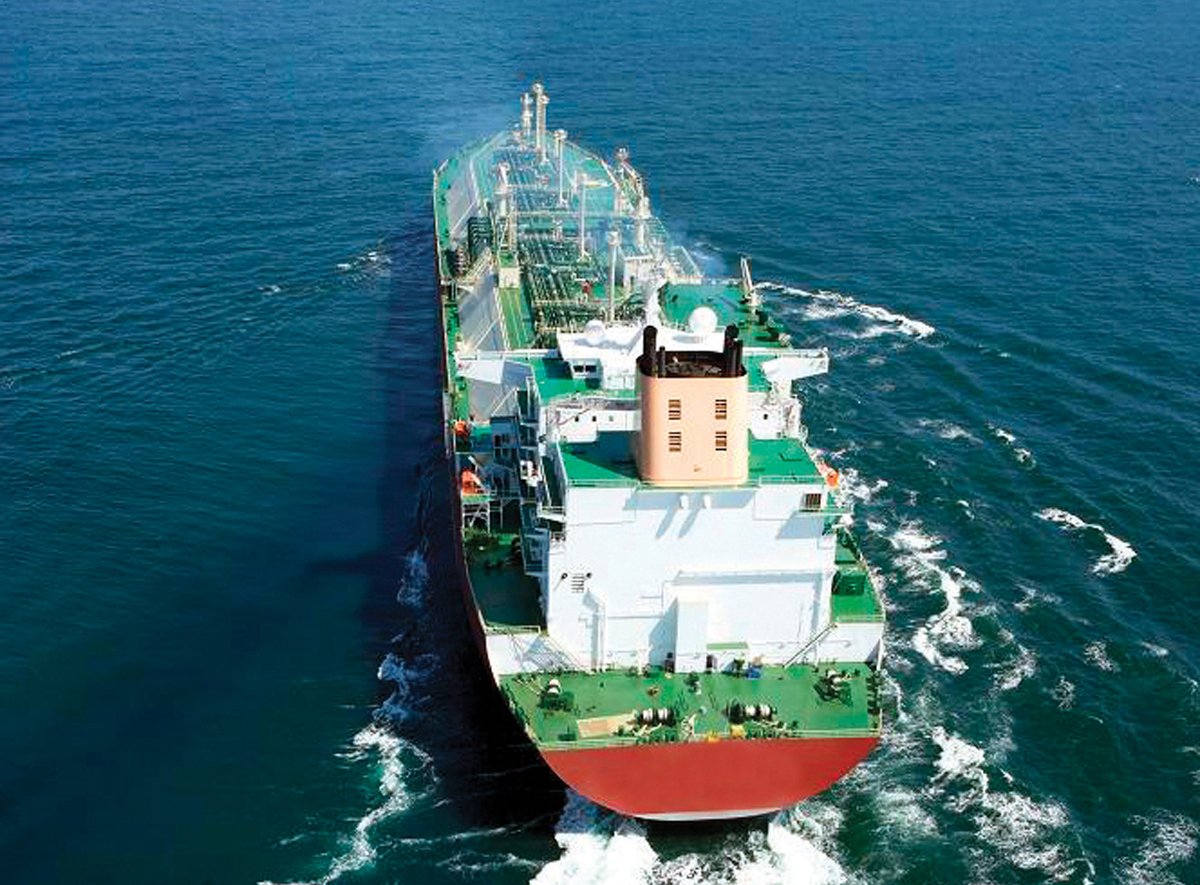
Loading liquefied natural gas (LNG) carriers is time consuming due to extremely low temperature of the cargo and particular safety measures that must be taken. In order to load cargo, the vessel has to be in a cold condition. Usually, LNG carriers arrive at the loading terminal in such a cold condition and the actual cargo loading lasts for 20 hours. If the vessel arrives in warm condition, it must be cooled down first, which can extend the loading up to 30 hours. Therefore, the tanks are being sprayed with LNG at -160 °Celsius. Once the tanks are cooled down, they are ready to be loaded with liquid natural gas.
Had the vessel been in dry dock before, the cargo cycle can even take up to several days. In dry dock the LNG carrier is kept gas free. Thus, the tanks cannot be loaded immediately, as the remaining air in the tanks and the liquid natural gas would create a combustible mix. To eliminate the risk of explosion, the tanks are firstly being filled with inert gas. Next, the tanks must be cooled down to avoid excessive boiloff after departure. The inert gas is initially displaced by warm gas and then the tanks are being sprayed with LNG at -160 °Celsius.
Apropos: During loading and unloading the LNG tanker, a so called “water curtain” is in operation. It is located close to the loading manifolds and aims to protect the hull structure against a potential LNG leak, which could create cracks in the steel.





















